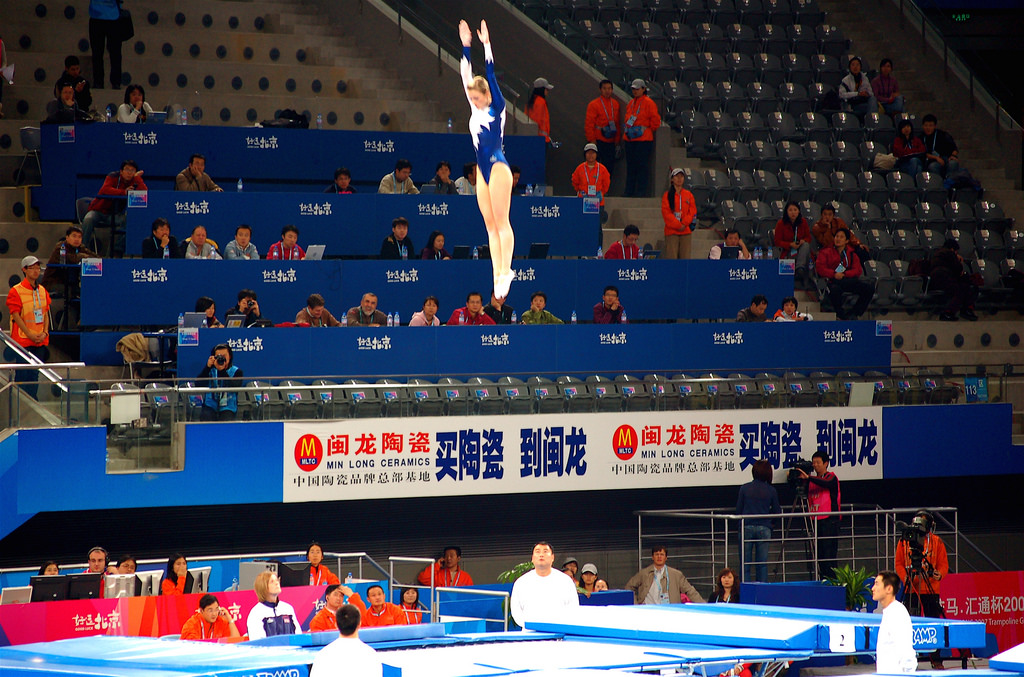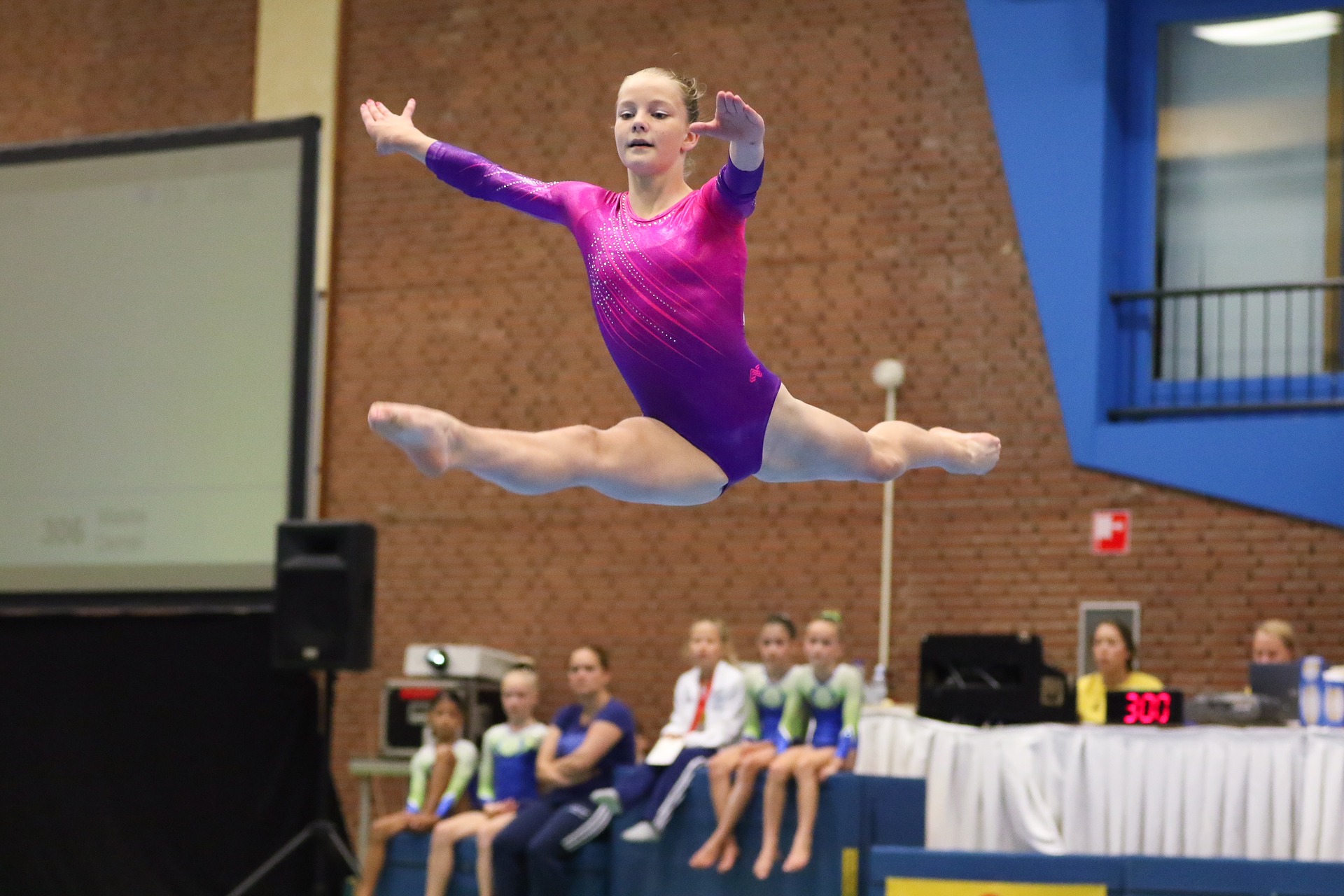A form of traditional Turkic wrestling, kurash has been practiced in the territory of Uzbekistan for around 3,500 years, but it’s only within the last three decades or so that the sport has begun to gain widespread recognition outside of Central Asia. Read on to learn more about this unique martial art that has been dubbed Uzbekistan’s national sport.
Kurash has a long history.
While the exact origins of kurash are not precisely known, there’s little question that it’s among the world’s oldest sports. One of the first historical references to kurash appears in the writings of Herodotus, a Greek historian from the 5th century BCE; in his famous Histories, widely considered to be the seminal historic text of Western literature, Herodotus offers a detailed description of the sport alongside his other analyses of Central Asian customs and traditions. Further references to kurash appear centuries later in “Alpamysh.” This ancient Turkic epic, which dates from roughly 1000 CE and is one of Central Asia’s most important examples of oral history, describes kurash as a well-known and popular martial art in Central Asia.
Kurash has also been connected with other important figures in Central Asian history. Avicenna, the prominent 11th-century philosopher-scientist who became known as the founder of early modern medicine thanks to his hugely comprehensive treatise The Canon of Medicine, is known to have recommended the regular practice of kurash to promote good health and strong spirits. And Amir Timur, the 14th-century conqueror, used kurash as a physical training exercise for his soldiers: clearly, this strategy was highly effective, as Timur’s armies famously never lost a battle.
Kurash is relatively simple.
Part of the longstanding appeal of kurash is that the sport is quite simple and straightforward, focusing on strength and stamina rather than on complex techniques and tactics. To begin a bout in kurash, two opponents face each other, offering the traditional salutation called the tazim. When the match starts, the participants try to grab their opponent by the fabric belt worn around the waist, and throw the person to the ground on his or her back. All fighting is done from a standing position, and any hitting, painful grips or strangleholds, or blows below the belt are forbidden.
According to modern kurash rules, there are three ways for fighters to score points. The first is to throw your opponent down on his or her back with full speed and control. This move is known as a halal, and fighters who perform a halal successfully win the match directly. The second move is called a yambosh, which is a throw that comes close to, but doesn’t quite attain, a halal (two yamboshes have the same points value as a halal). The third move is called a chala. This is a throw that is close to a yambosh. When moves violate the rules, penalties are imposed, with the third penalty resulting in disqualification. At the end of a match, in the absence of a definitive victory through a successful halal, the fighter with the most points is the winner.
Specific attire is worn.
A typical contemporary kurash uniform includes a loose shirt and wide, often white, trousers, but the most important part of the ensemble is the belt that fighters use to grip and throw down their opponent. This is made from a piece of soft fabric measuring between 180 and 220 centimeters in length and 50 to 70 centimeters in width.
In many ways, kurash is more than a sport.
The word kurash translates as “attaining a goal by fair means,” and this provides an important insight into the heart and soul of this martial art. Throughout its history, kurash has been seen not just as a physical sport, but also as a discipline through which practitioners can attain spiritual perfection. Values like respect, honesty, and humanity are just as important in kurash as strength and physical abilities, and kurash athletes throughout the centuries have followed a code of belief and behavior that includes elements like protecting the poor and the weak, always being true to their word, rising above worldly temptations like drugs, and practicing modesty and humility.
Kurash has seen explosive growth in the last 30 years.
For many centuries, kurash was essentially a local sport. There were no standardized rules; rather, different regions, villages, and even families had their own kurash techniques and traditions, which were passed down from generation to generation. That all changed in the 1980s, when Komil Yusupov, a master of kurash, judo, and sambo, established universal kurash rules after many years of careful research and study. These rules, which covered matters like terminology, weight categories, legal and illegal moves, and fight duration, allowed kurash to spread beyond Central Asia, which it did with remarkable rapidity. In 1998, the International Kurash Association (IKA) was established and the first ever international kurash tournament was held in Tashkent. Today, 117 national kurash federations around the world operate under the umbrella of the IKA, and the sport’s champions have high hopes of it eventually becoming an Olympic sport.




